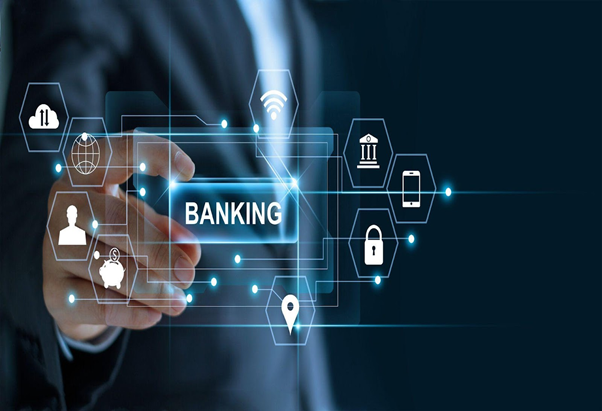The convergence of financial technology (fintech) and accounting is reshaping the landscape of financial management, ushering in an era of efficiency, transparency, and innovation. This symbiotic relationship is not just enhancing traditional accounting practices but also introducing new paradigms in financial services. The integration of fintech solutions into accounting processes is proving to be a game-changer for businesses and professionals alike. This blog post explores the transformative impact of fintech on accounting, highlighting lesser-discussed aspects of this digital revolution.
Revolutionizing accounting processes
Automation and real-time reporting: fintech applications are at the forefront of automating time-consuming accounting tasks such as data entry, reconciliation, and report generation. A report by sage found that automation could reduce accounting tasks by up to 30%, allowing accountants to focus on strategic planning and advisory roles. Moreover, real-time reporting capabilities offered by fintech platforms provide businesses with up-to-the-minute financial data, enabling more dynamic decision-making.
Blockchain for enhanced security and transparency: while blockchain technology is often associated with cryptocurrencies, its application in accounting is groundbreaking. Blockchain’s decentralized ledger offers an unparalleled level of security and transparency in financial transactions, potentially revolutionizing audit and assurance services. Deloitte’s 2021 survey reveals that 76% of finance professionals believe blockchain will significantly replace traditional financial systems within the next five years.
Expanding financial services
Democratizing financial advice: robo-advisors, powered by fintech, are making financial planning and investment advice more accessible to a broader audience. By leveraging algorithms to provide personalized investment recommendations, robo-advisors are breaking down the barriers to professional financial advice, previously available only to the affluent.
Crowdfunding and peer-to-peer lending: fintech platforms have transformed funding models, enabling startups and small businesses to access capital through crowdfunding and peer-to-peer lending. These platforms bypass traditional banking channels, offering a more inclusive and flexible approach to financing. According to a statista report, the global transaction value in the alternative financing segment is projected to reach $8.94 billion in 2021, highlighting the growing importance of fintech in funding innovation.
Enhancing compliance and fraud detection
Regulatory technology (regtech): fintech’s subset, regtech, focuses on leveraging technology to streamline compliance with regulatory requirements. For accountants, regtech tools can automate compliance tasks, such as tax filing and anti-money laundering checks, reducing the risk of errors and non-compliance.
Advanced fraud detection: fintech applications utilize ai and machine learning to detect fraudulent activities and anomalies in financial data, offering a level of vigilance that manual processes cannot match. These tools analyze patterns and flag transactions that deviate from the norm, providing an early warning system against fraud.
Personalizing accounting services
Client portals and mobile applications: fintech enables accounting firms to offer personalized client portals and mobile applications, enhancing client engagement and service delivery. These platforms provide clients with easy access to their financial data, reports, and analytical tools, fostering a more collaborative and transparent relationship between accountants and their clients.
Data-driven insights for business strategy: beyond traditional accounting, fintech allows for the analysis of vast datasets to uncover insights that inform business strategy. Accountants can use these insights to advise clients on market trends, operational efficiency, and strategic growth opportunities, adding significant value beyond financial reporting.
Conclusion
The fusion of fintech and accounting is more than a trend; it’s a transformation that is reshaping the financial landscape. By automating routine tasks, enhancing security and transparency, democratizing financial services, and enabling data-driven strategic planning, fintech is empowering accountants to assume a more strategic role in the digital age. As this relationship continues to evolve, staying abreast of fintech innovations will be crucial for accounting professionals seeking to leverage technology to its fullest potential, ensuring their relevance and competitive edge in a rapidly changing market.









